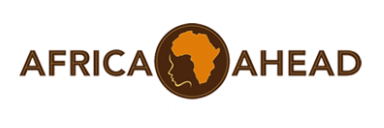RWANDA

RWANDA
First CHCs : 2009
Community Hygiene Clubs:
approx 14,600 in all villages in country
National Programme: Ministry of Health
Main Donors: USAID / Unicef
BACKGROUND
In 2008, Ministry of Health requested WSP-World Bank to develop a road map for a national Programme using CHC. The Community Based Environmental Health Promotion Programme (CBEHPP) was established which included all 14,780 villages in Rwanda who have a registered a CHC. Africa AHEAD ran a monitoring programme in Rusizi District 2014-2016 which was the subject of a cRCT. The Road map was reviewed in 2020 and now includes a Nutrition component INWA.
ROADMAP FOR CBEHPP – 2020
Foreward
by Minister of Health, Dr. Nganije, MD.
The Community-Based Environmental Health Promotion Program (CBEHPP) was established in 2009 and remains one of the Ministry of Health’s key interventions to decrease the burden of diseases related to the environment.
The goal of the program is to improve community health by reducing disease burden related to inadequate sanitation, poor hygiene practices, and drinking unclean water, through comprehensive participatory environmental health dialogues and actions in schools and communities. Because of the many global and national changes that have occurred in the last decade,the original review and revision of this roadmap include the Sustainable Development Goals (SDGs) targets such as target (3, 6, 11, 13, and 15), Rwanda’s National Strategy for Transformation 1 (NST1), Rwandan Vision 2050, and the adoption of cultural structures to support community governance. …
Partners in CBEHPP
- Africa AHEAD: Rusizi District (2009-2015)
- World Vision : 12 districts
- WaterAid: Bugasera District
- Water for People
- SNV/FXB/Caritas : 8 Districts – Kayonza, Kicukiro, Ngoma, Nyabihu, Nyanza, Nyarugenge, Ruhango and Rwamagana
- Catholic Relief Services
- Society for Family Health
Funding
- USAID
- Unicef
- WHO
Government of Rwanda
- Ministry of Health – Environment Health Dept.
- Ministry of Environment
- MINEMA
- University of Rwanda
- National Early Childhood Development Programme
